
Eyeglass Lenses
What eyeglass lenses are the best for your vision needs? Here’s what to know about your lenses options before you purchase your next pair of glasses.
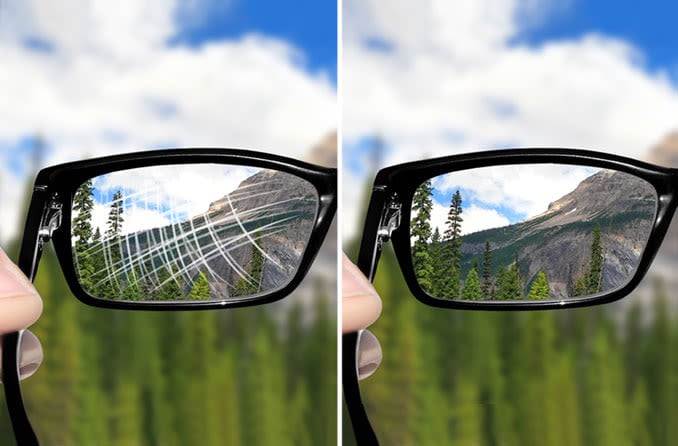
Learn how anti-reflective, scratch-resistant, anti-fog and UV lens coatings improve vision and increase the durability of your glasses.

Adlens adjustable glasses and Eyejusters adjustable reading glasses offer a large, clear field of view at different distances with the turn of a dial.
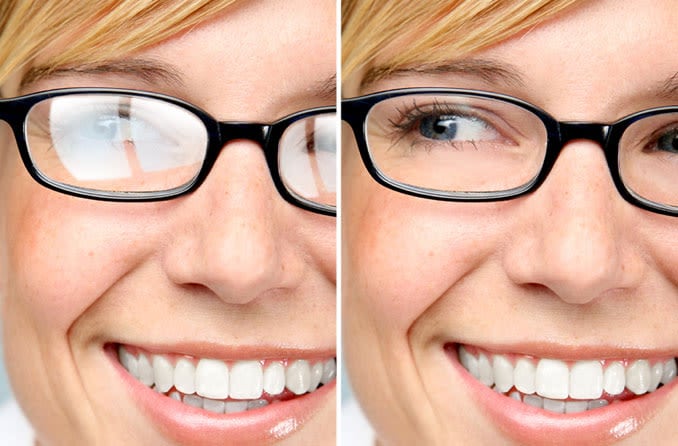
Discover why some eyeglass lenses need anti-reflective coating more than others. But, everyone will look and see better with AR coating.

Dr. Gary Heiting reveals how aspheric eyeglass lenses give eyewear a slimmer, more attractive profile and provide better vision than conventional eyeglasses.

Glasses for astigmatism are among the most popular treatment methods. Special lens brands and features are available to correct astigmatism.
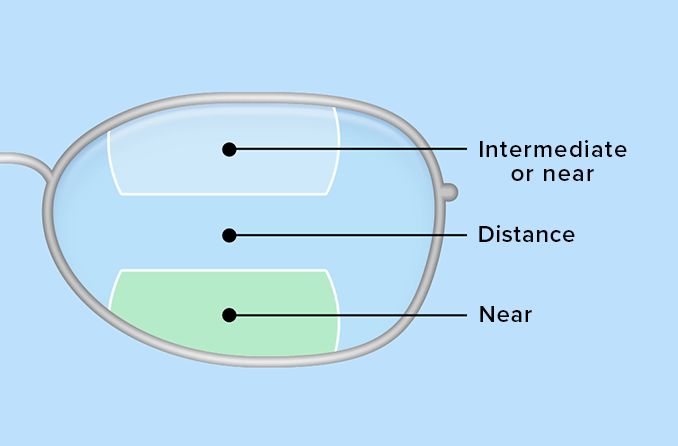
Learn what you need to know about bifocals and trifocals, including occupational multifocal lenses for work and play, plus optional lens coatings.
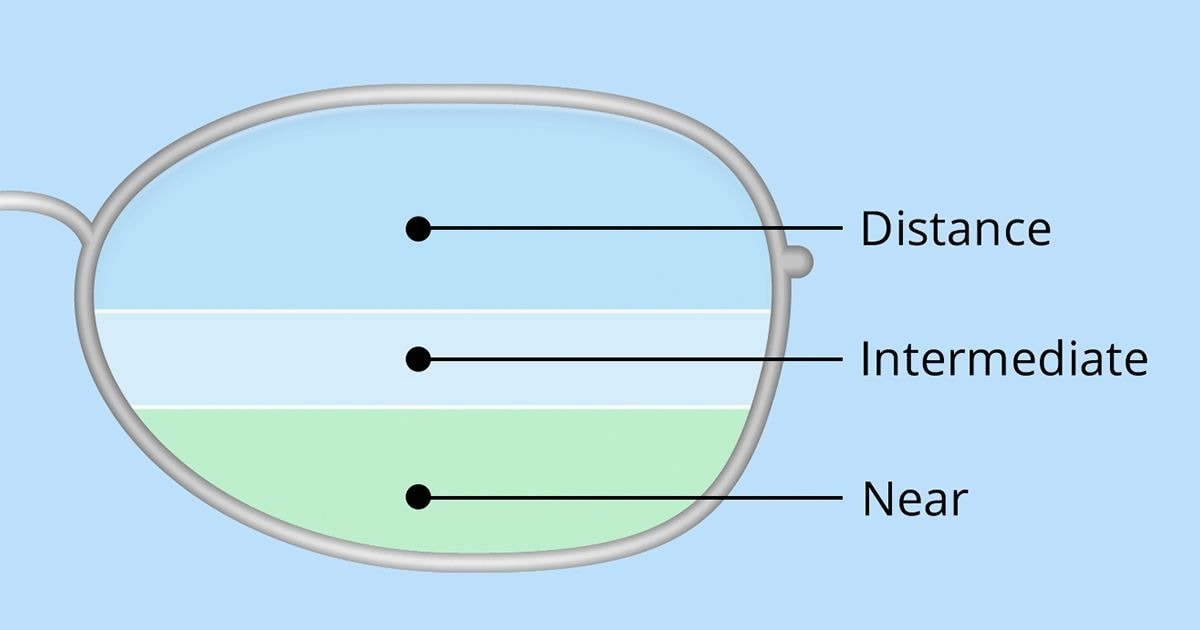
Need bifocals or trifocals? Dr. Gary Heiting describes which type of bifocal and trifocal eyeglass lenses best fit your vision needs after age 40.

The right lenses for your glasses make a real difference in your vision, comfort and safety. What you need to know to choose the best glasses lenses.

Crizal Prevencia is a lens treatment that filters harmful blue-violet light while allowing beneficial blue-turquoise light through.
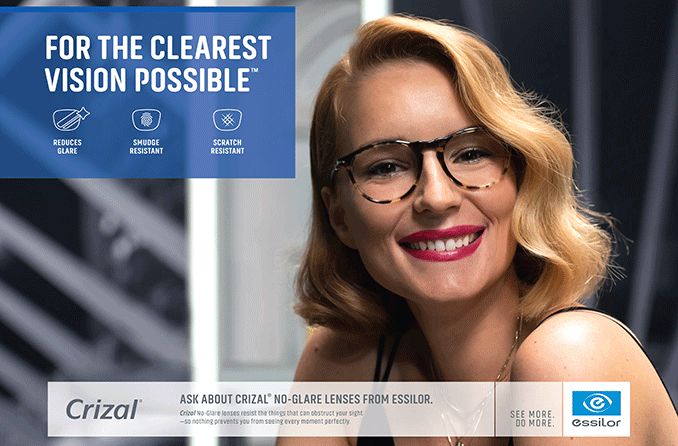
Crizal is a trademarked coating that can be added to lenses for added protection against glare, scratching, UV exposure, and more.

Answers to frequently asked questions about blue light glasses: How do they work, what does blue light do to your eyes, can you wear blue light glasses all day and more.

How do photochromic glasses make good computer glasses? All About Vision explores how photochromic lenses may be good computer glasses and when to buy them.

Eyezen is a single-vision lens brand that filters blue-violet light and enhances up-close vision for comfortable viewing.

Discover how new high-definition eyeglass lenses (free-form and wavefront lenses) produce sharper vision than regular eyeglass lenses.
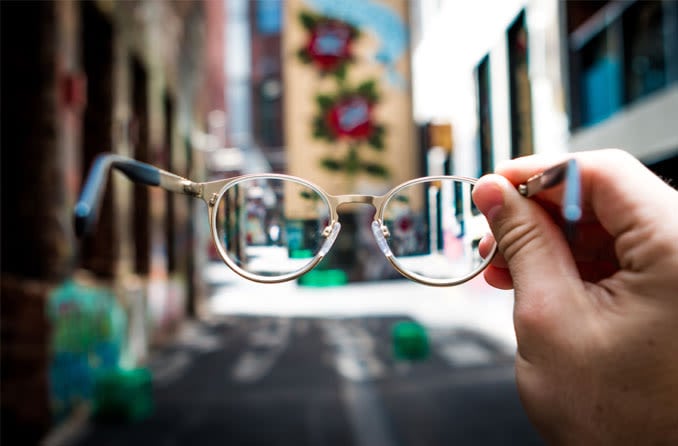
Learn how high-index lenses can change your thick glasses to thin glasses. Pros and cons, including costs.

If you wear glasses and love your frames, you can pay to have your new prescription put in your existing frames. Learn how & where to get replacements.

Learn about the Kodak Lens brand of lenses for eyeglasses and why you may want to consider Kodak lenses for your next pair of glasses.
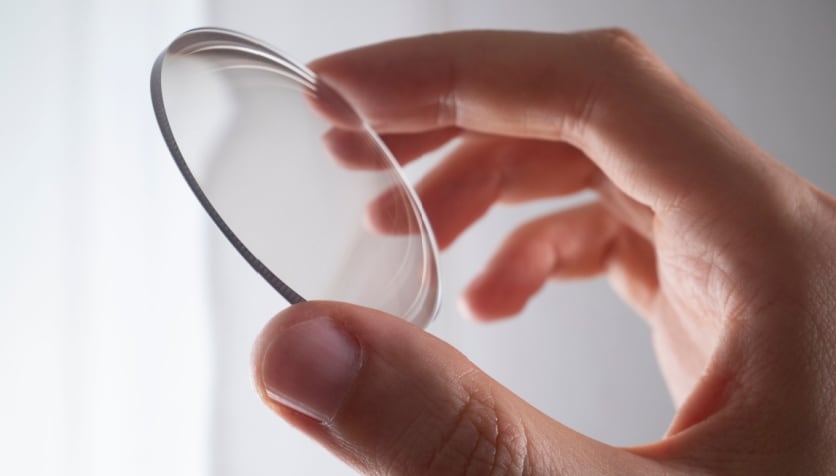
Lenticular lenses have large magnification in the central portion, aiding in the correction of conditions that cause very blurry vision.
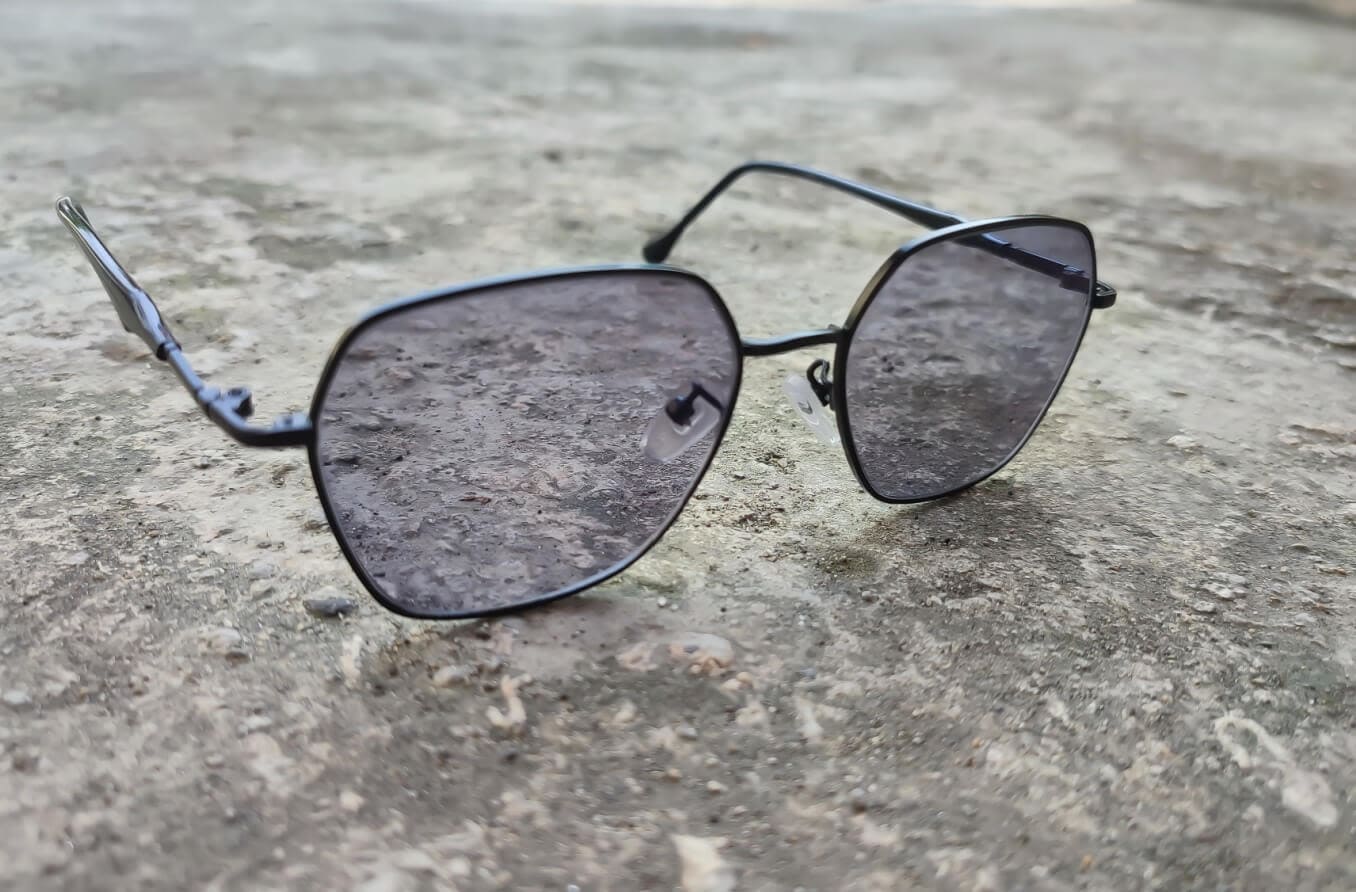
A complete buyer's guide to photochromic lenses (including Transitions lenses) for eyeglasses and sunglasses that darken automatically outdoors.
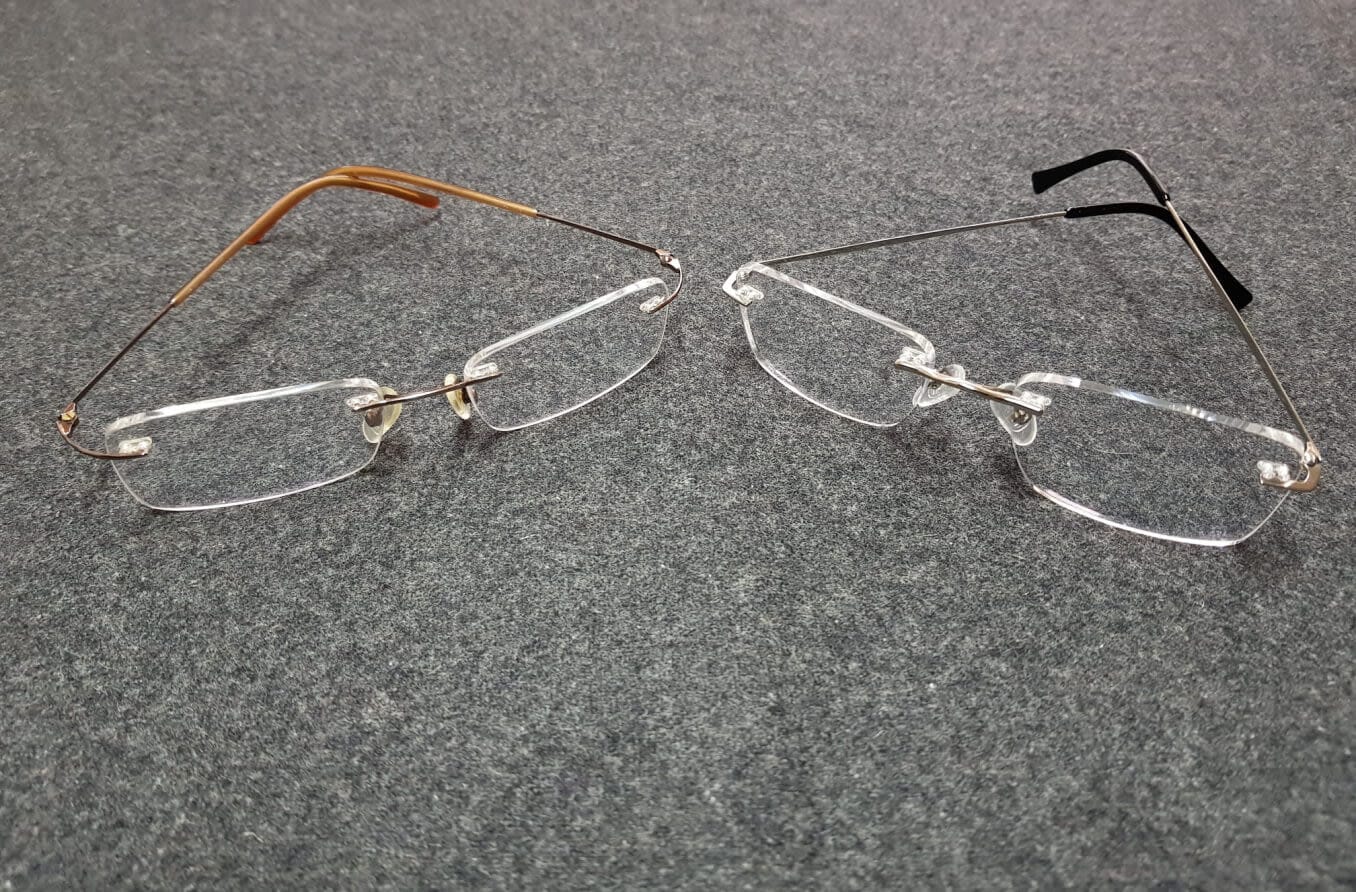
Plastic (CR-39) and polycarbonate are two common lens materials for eyeglasses. Explore the advantages and disadvantages to learn which is best for you.
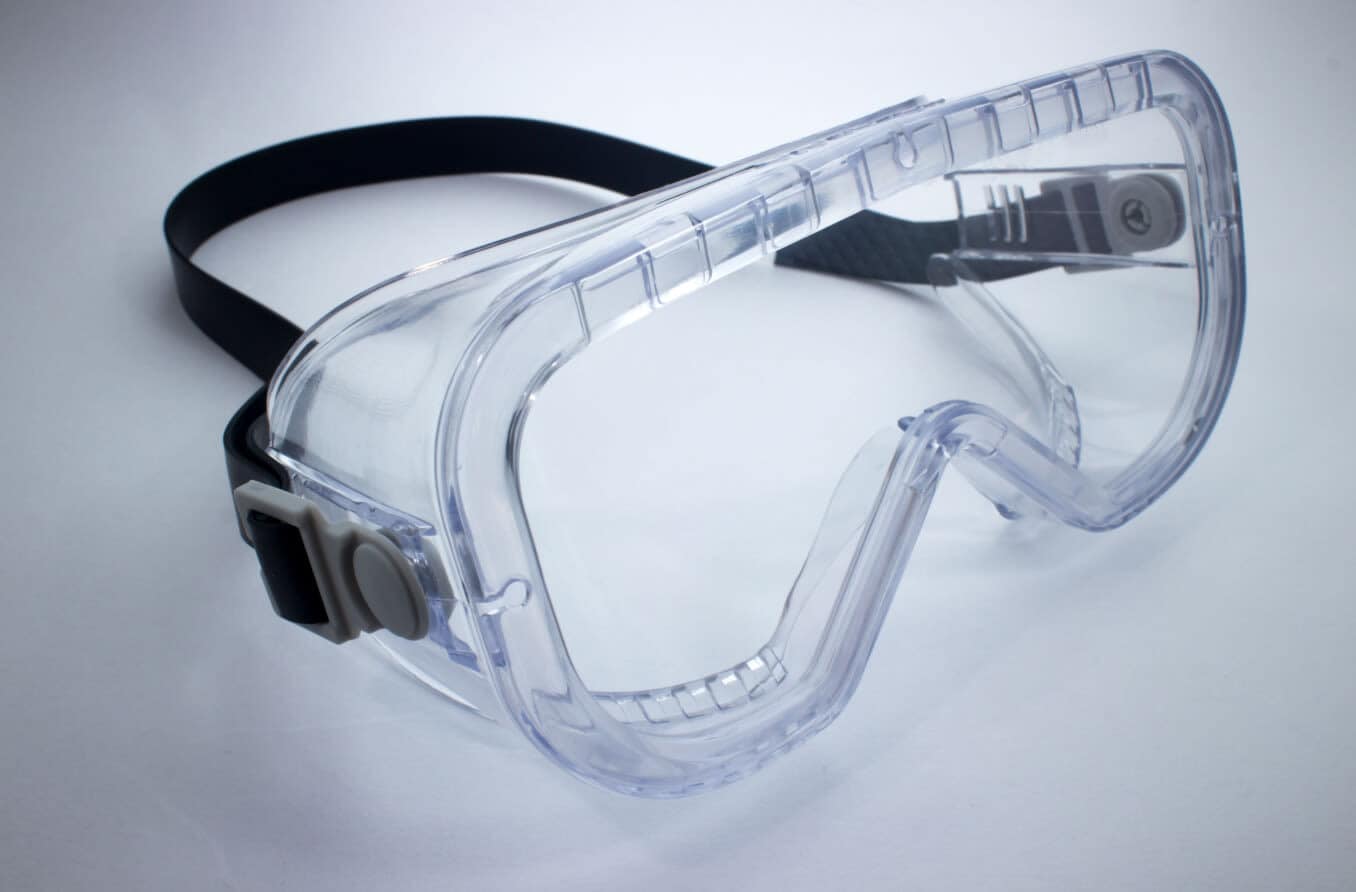
Polycarbonate and Trivex lenses are lightweight and have similar properties. Find out which is best for you.
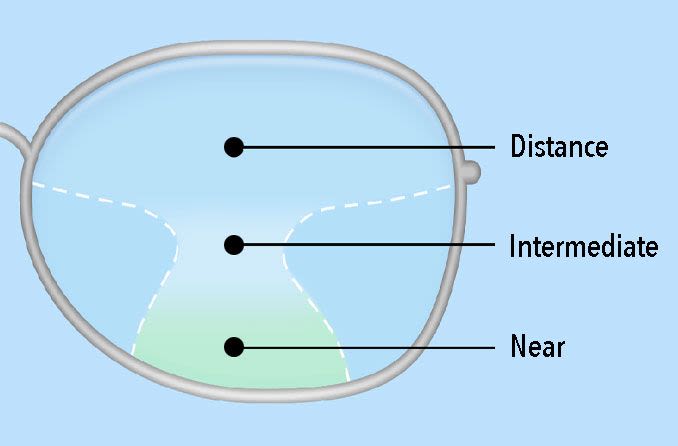
Learn how progressive lenses, or invisible bifocals, provide presbyopia correction without the tell-tale line of bifocals.

Progressive lenses are advanced, line-free multifocal lenses that provide more natural vision than bifocals and trifocals for people over age 40. Here's why.
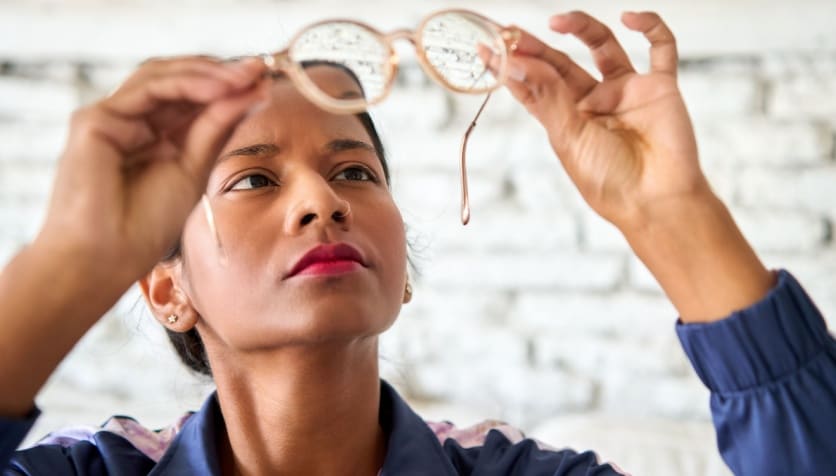
Dr. Gary Heiting explains how occupational bifocals can help you see better for specialized activities such as working under a car, overhead filing or golfing.

Trivex lenses are lightweight, durable, and a great choice for rimless frames, children's eyewear and anyone who wants safe, comfortable glasses.

Varilux progressive lenses provide sharp vision at multiple distances, while identifying and eliminating distortion in the lens.
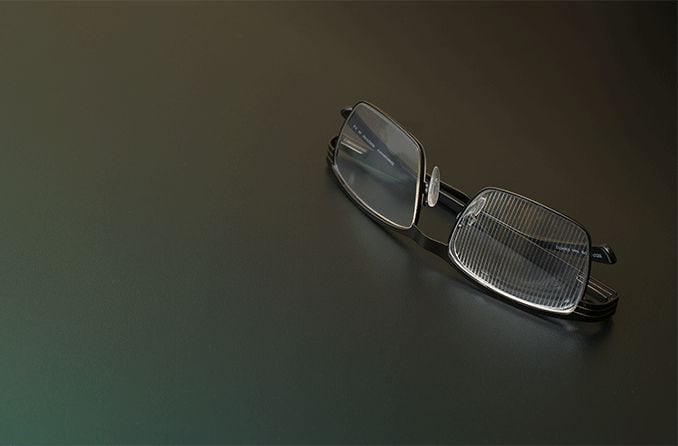
Learn how prism glasses correct double vision. They affect how light reaches the retina, look like regular glasses and are usually covered by insurance.
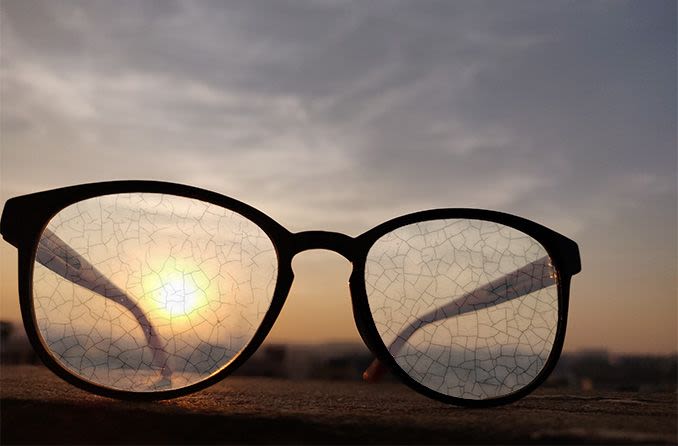
What is crazing of your eyeglass lenses? Crazing is a web of tiny cracks that can appear on the lenses. What can you do about it? Read on to find out.

Polycarbonate and high-index materials both offer a thinner lens for eyeglasses, but one may be a better fit depending on your eyeglass prescription.
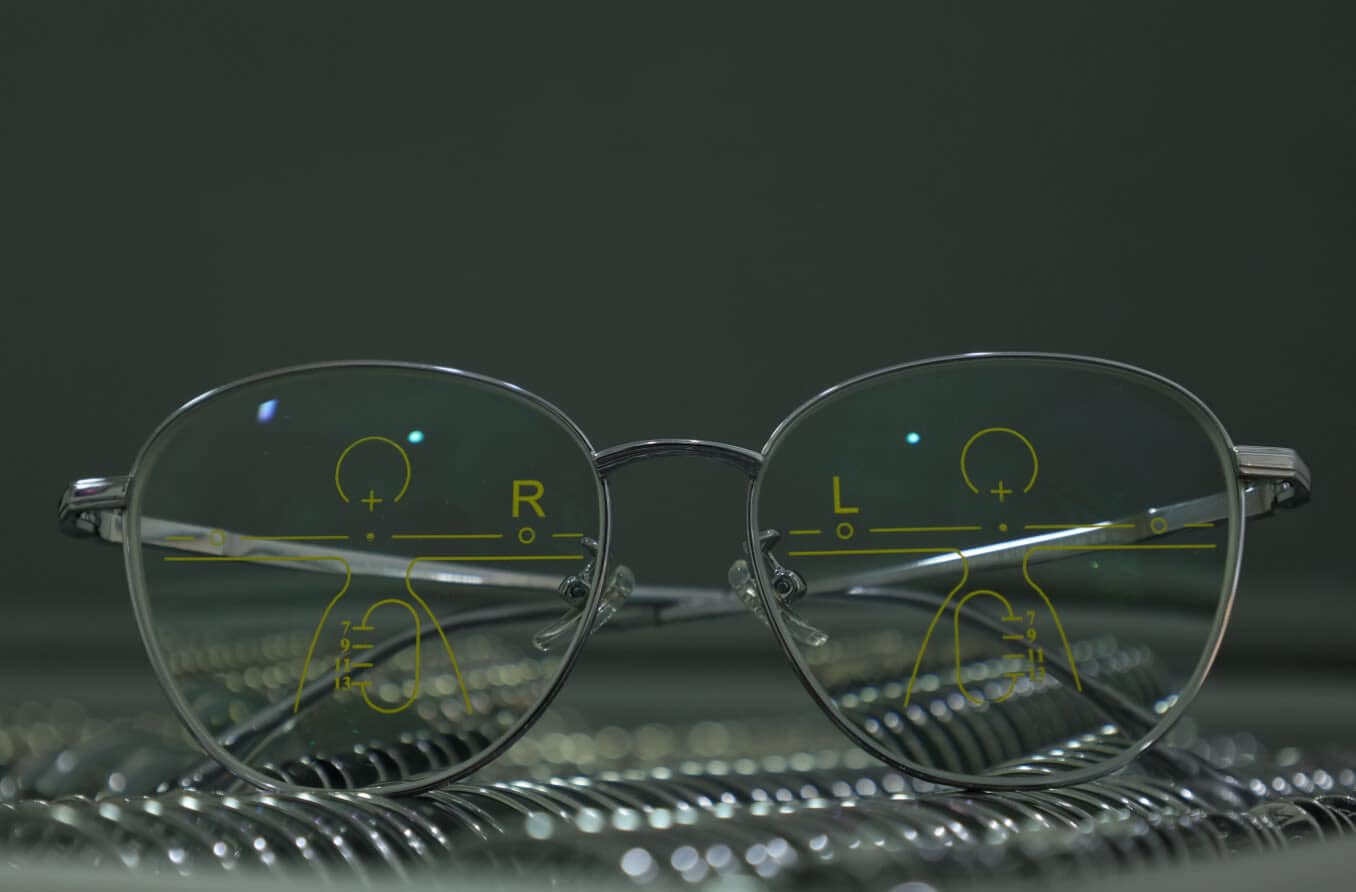
Single-Vision vs. Progressive Lenses: Pros & Cons
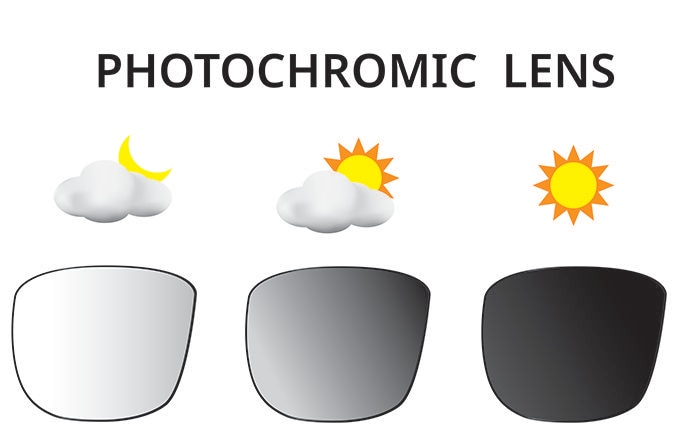
Wondering when photochromic lenses were first developed? All About Vision explores the history of photochromic lenses and the difference from transition lenses.
All About Vision and AllAboutVision.com are registered trademarks of AAV Media, LLC. © 2000-2025 AAV Media, LLC. The content on this site is for informational purposes only. All About Vision does not provide medical advice, diagnosis or treatment. Contact an eye doctor if you need medical attention.
